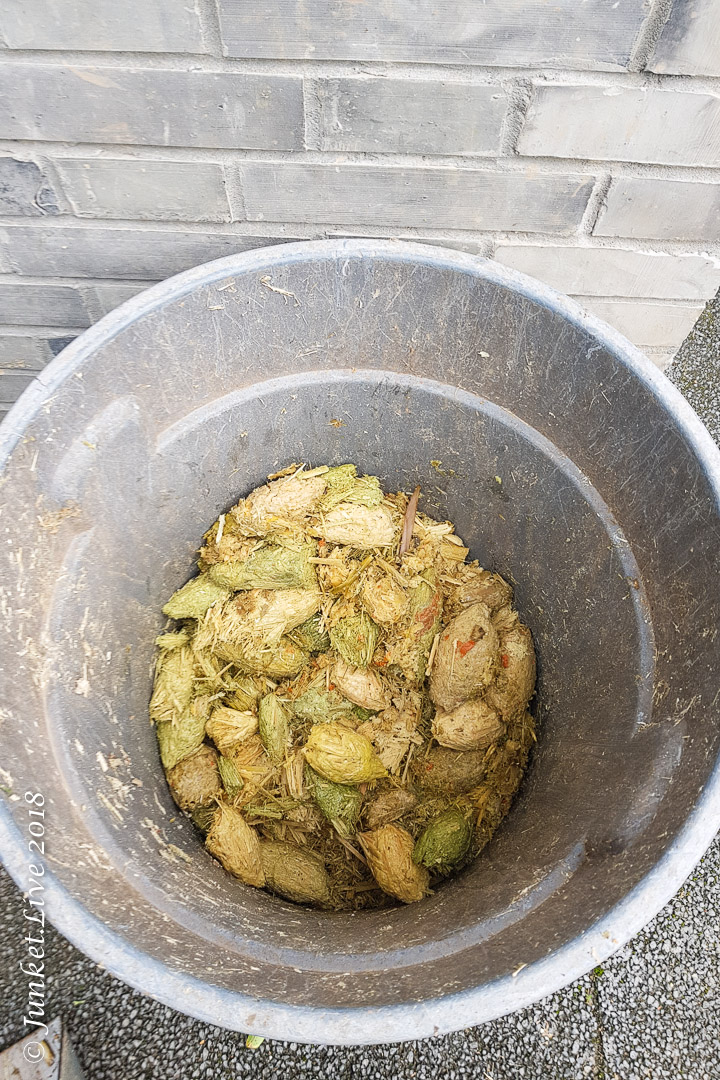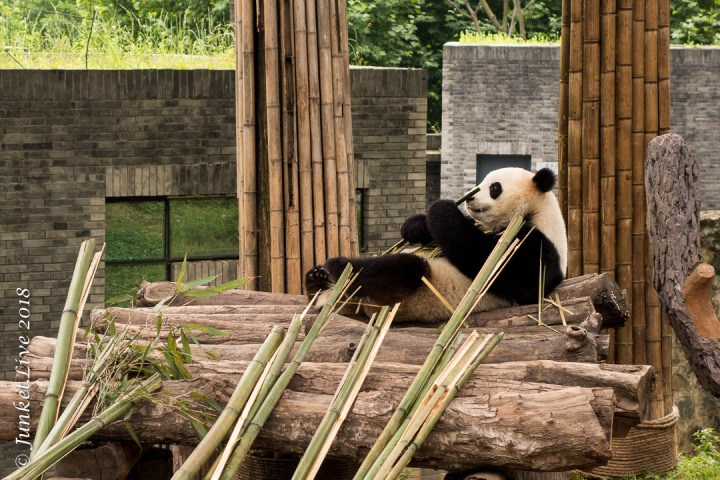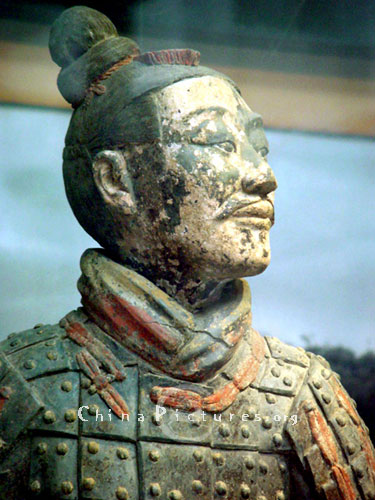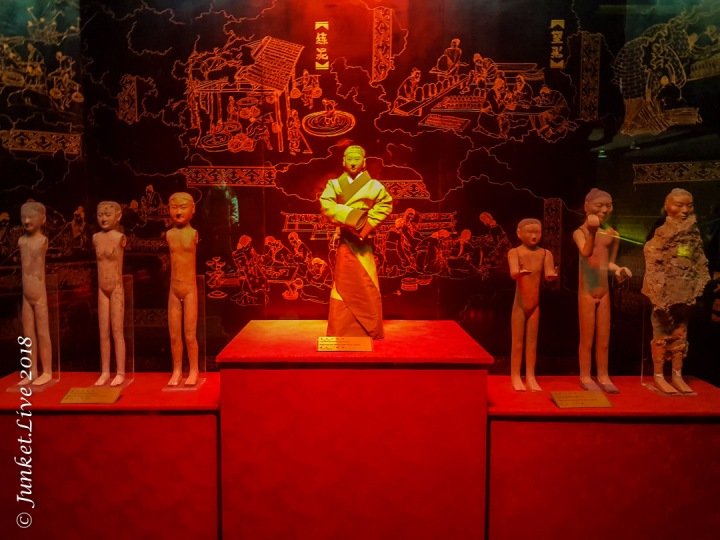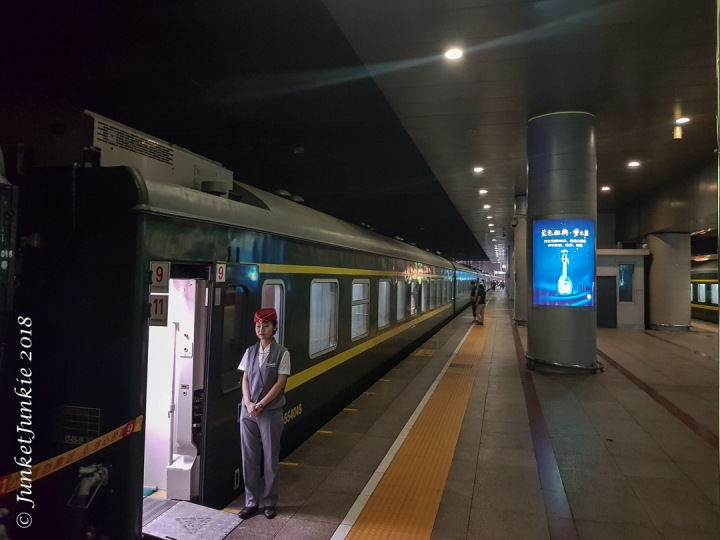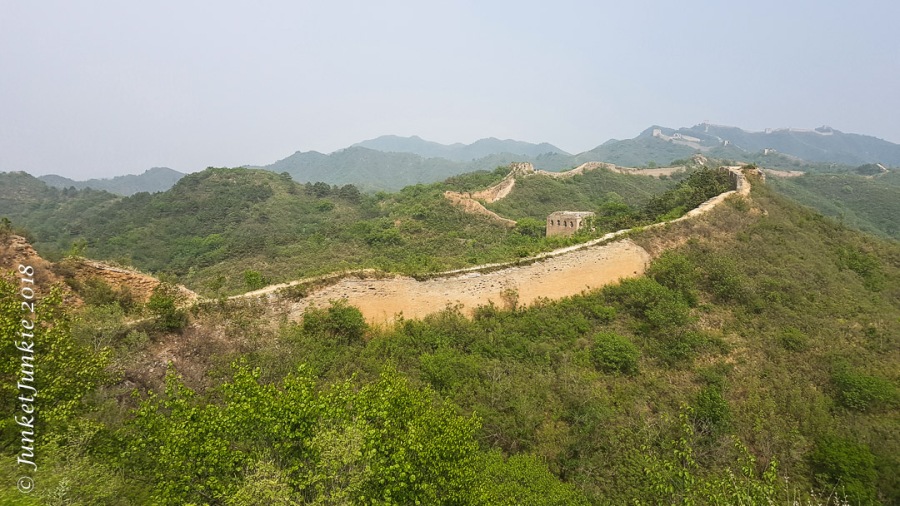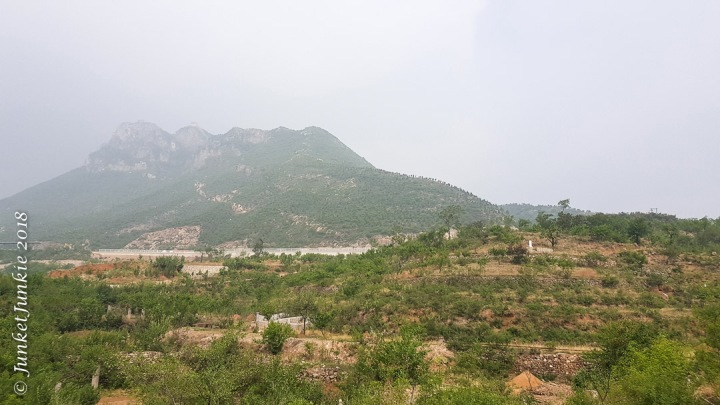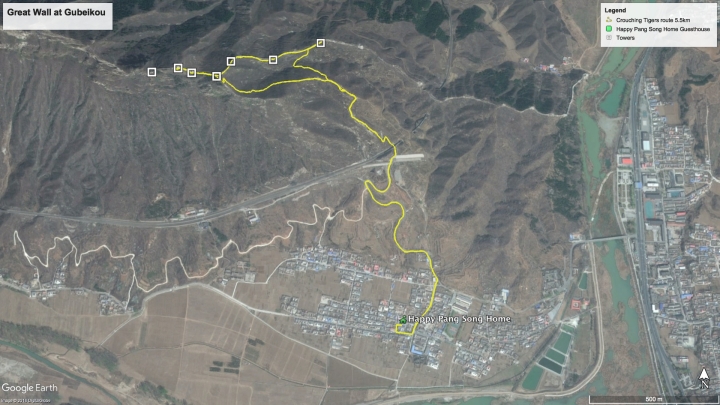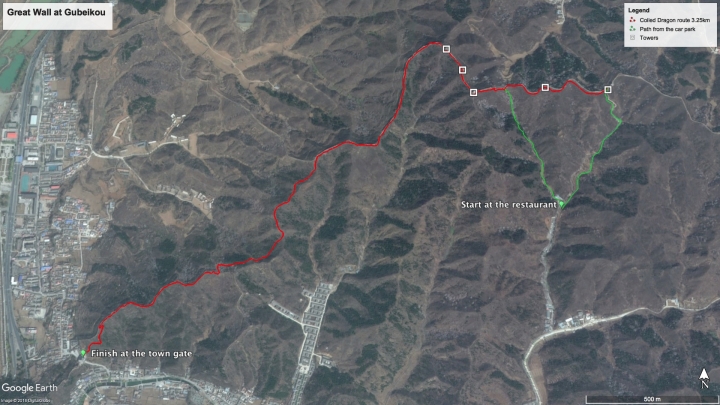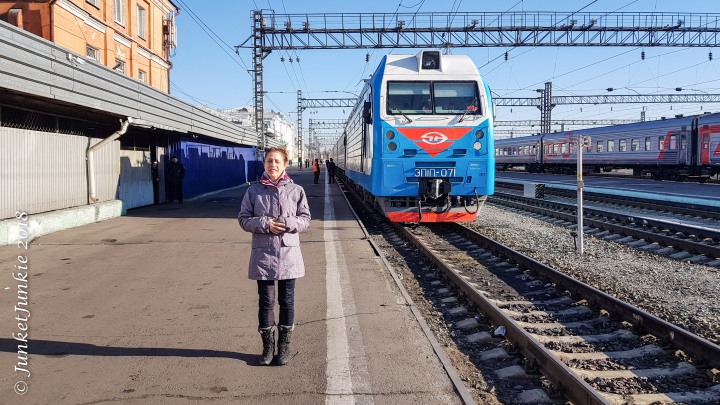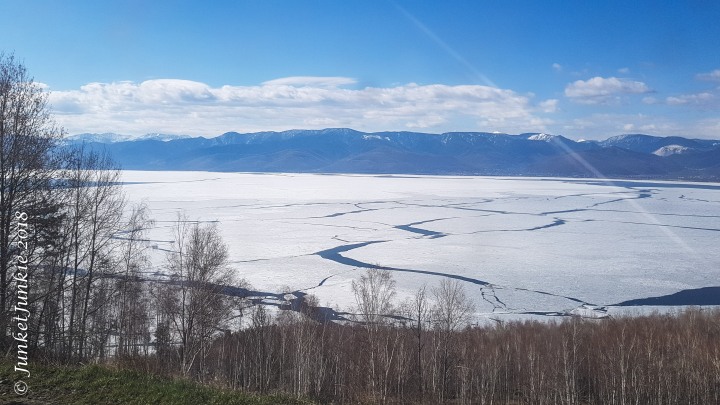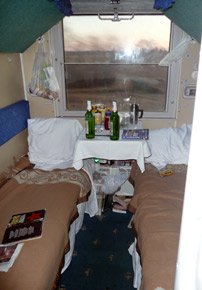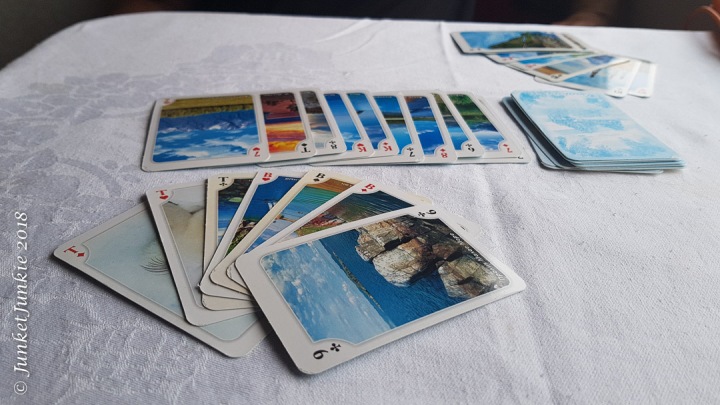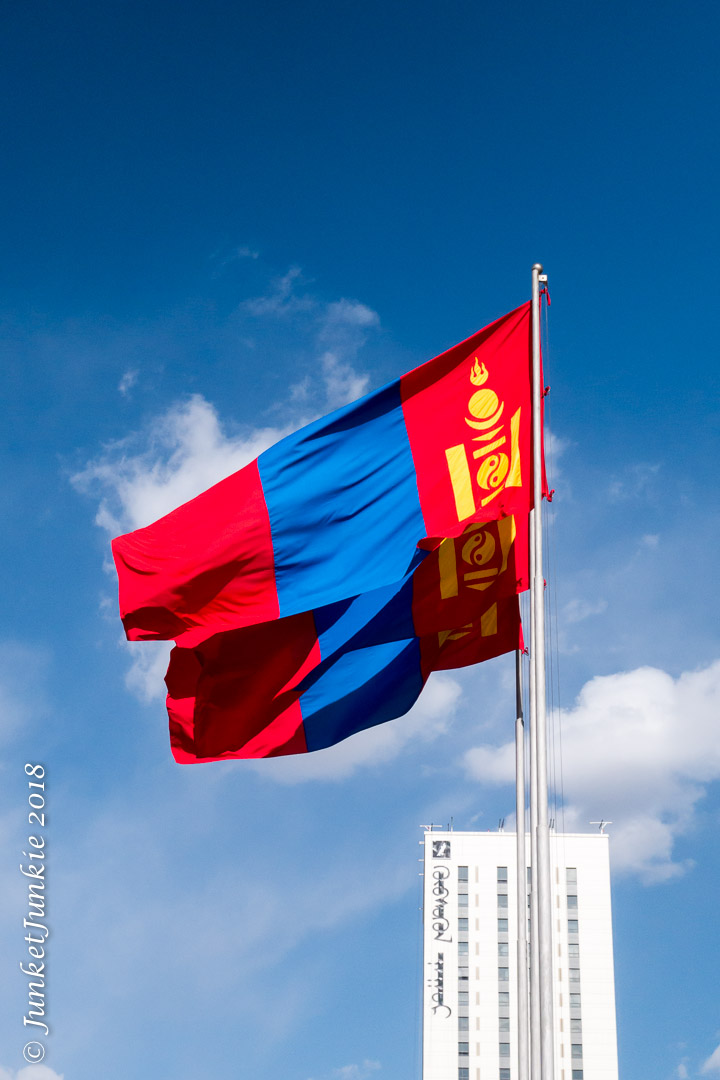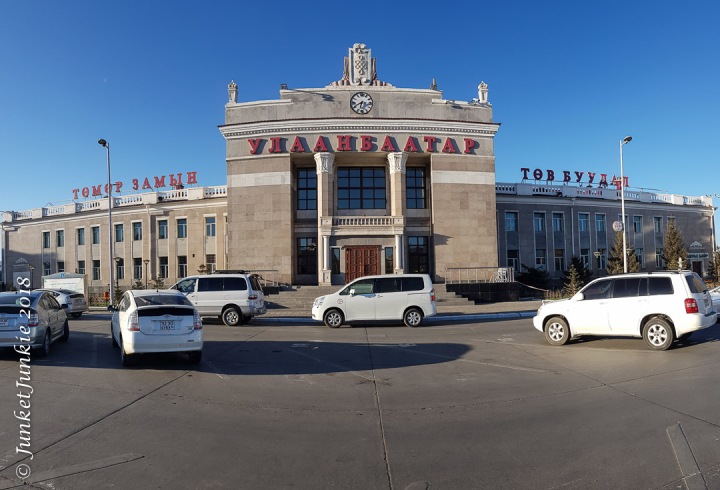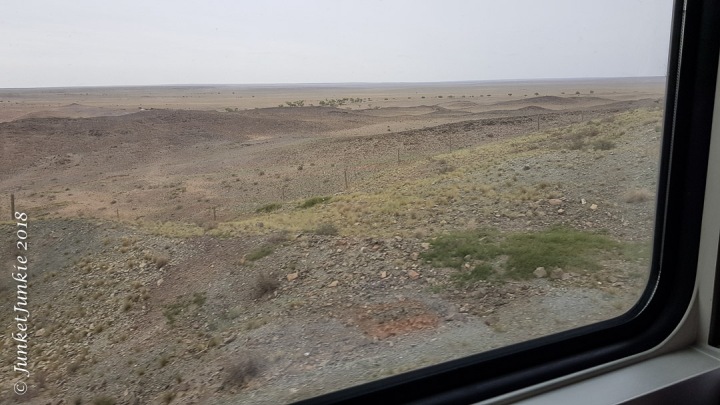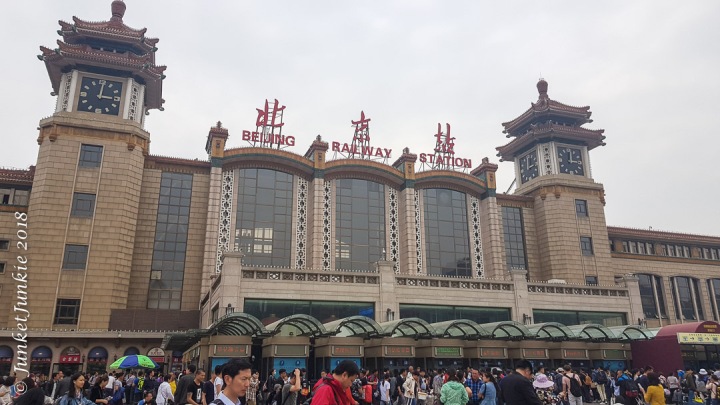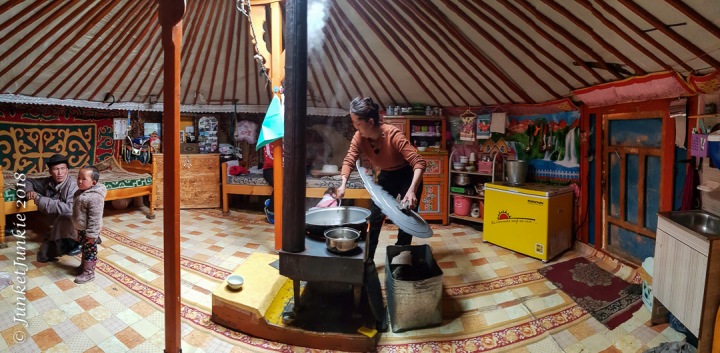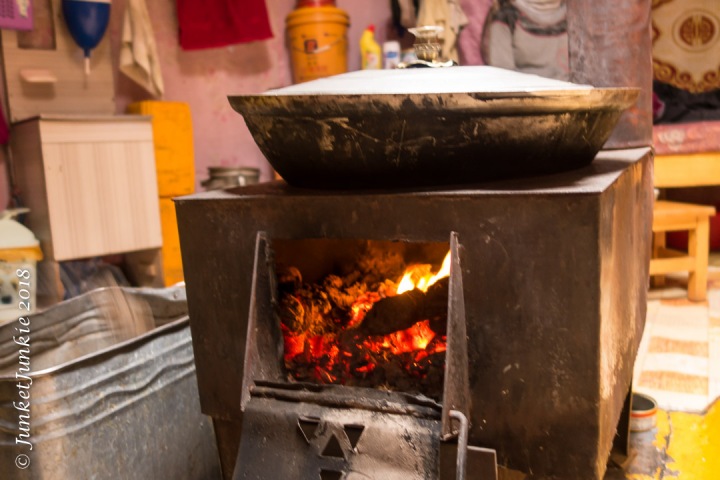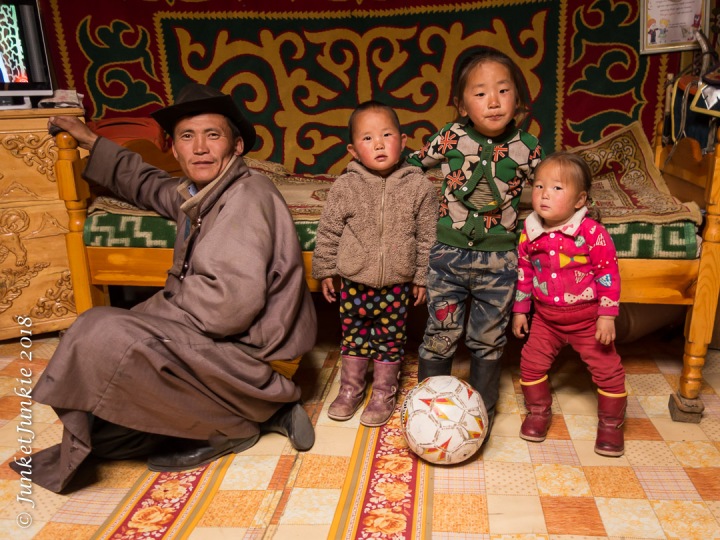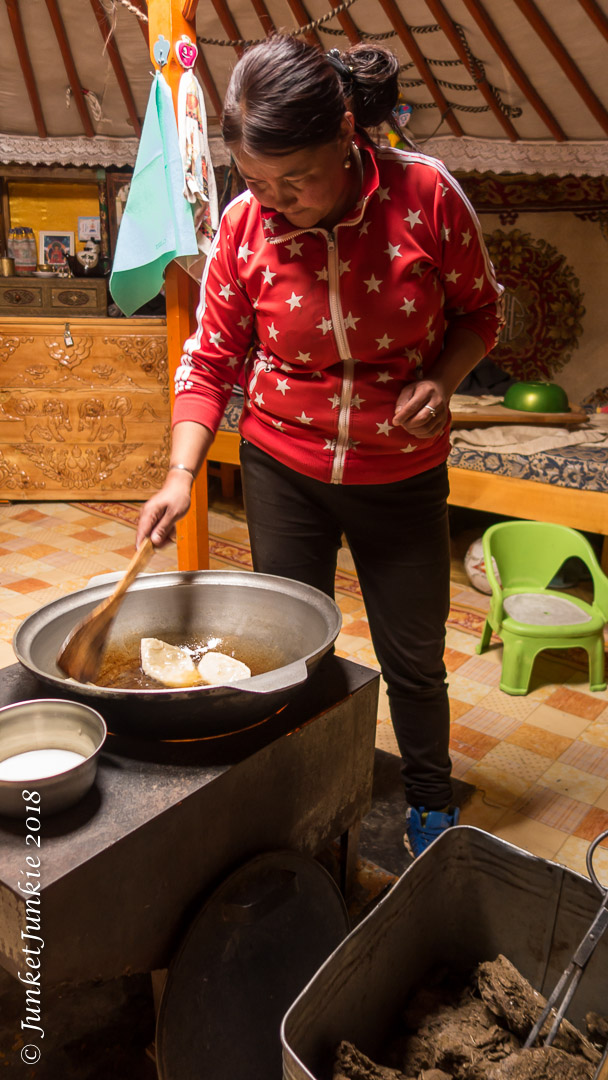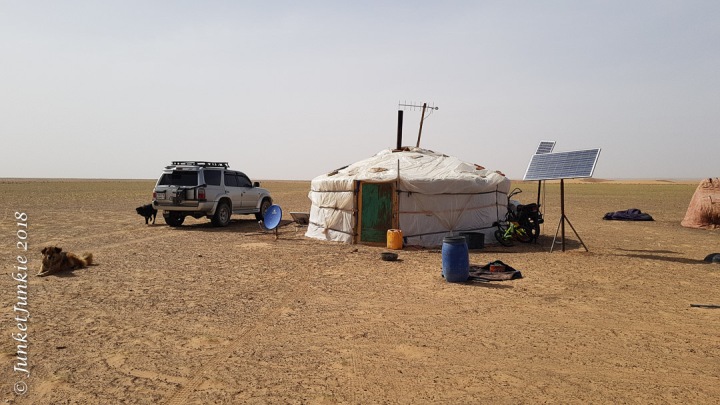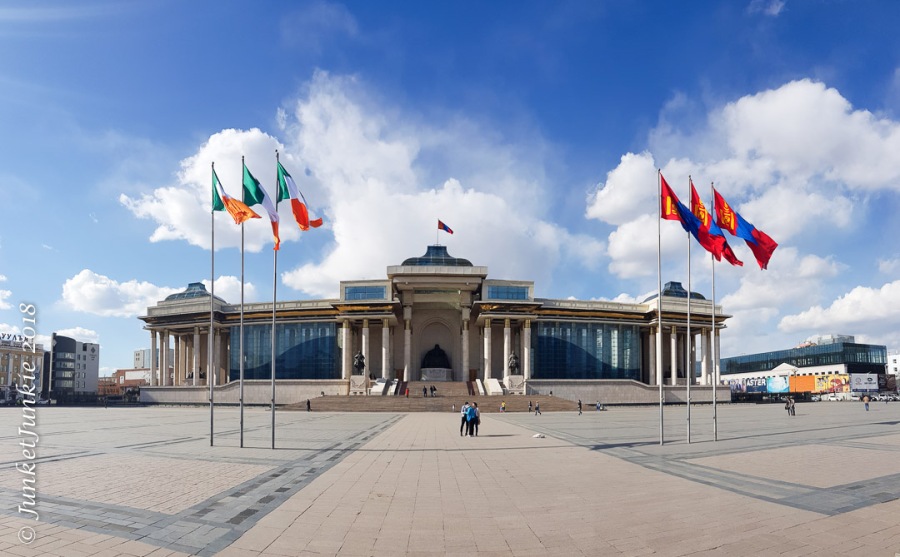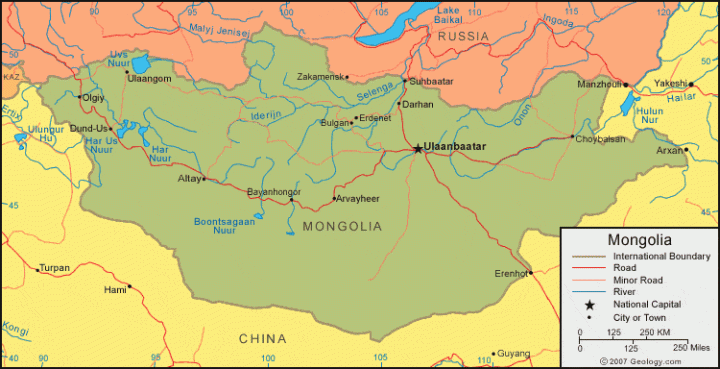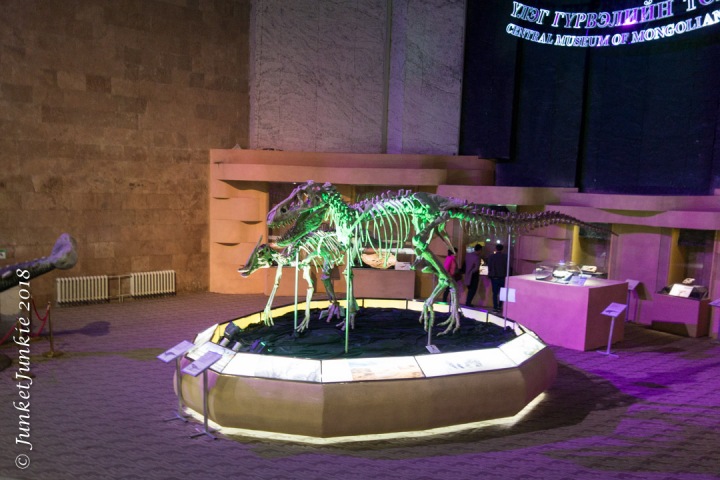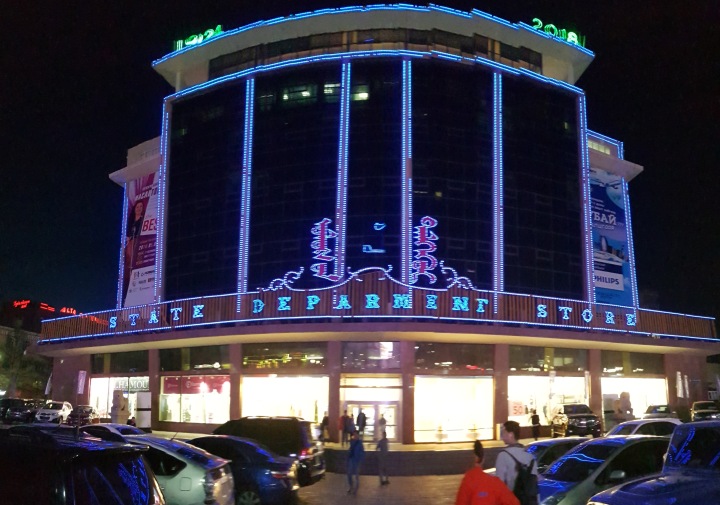Guilin is located in the southeast of China and is one of the country’s smaller cities with a mere 5 million inhabitants. It is also one of the main areas of tourism, famed for it’s beautiful karst formations wound with idyllic rivers.
We arrived in the late afternoon for a very brief stay before we were to travel down one of the most famous rivers, the Lijiang, to Yangshuo County. Having been sat on train for nearly 10 hours from Dujiangyan we were desperate to stretch our legs and after checking in to our city centre hotel we headed straight out to see what Guilin had to offer.
The city is built around two rivers and four lakes and the skyline is dotted with karst peaks. At night, the waterfront is colourfully lit and there are several features, most of which we doubt are authentic or original. Lakeside pagodas, fancy circular bridges and floating fairytale pontoons, all offer extensive photographic opportunities. There are also riverboats offering short cruises around the four lakes and the highlights of the nighttime lake-scape are the Sun and Moon twin pagodas set in Fir Lake.
We had a very pleasant and authentic Indian meal, a bit of a walk and then headed back for a sleep, travel having left us distinctly tired. We couldn’t say that we were there long enough to be eligible for an opinion but we don’t feel we missed out by leaving again so soon.
The next morning we were up early, had a quick breakfast and were being transferred to the tourist wharf on the Li River. When looking at this area it was clear that a river cruise of some sort was essential and we also had to get from Guilin to Yangshuo, so what better way than to travel by boat. We arrived at the wharf, located our boat amongst the 15 or so moored there and sat down to enjoy our favourite pastime, people watching.
We left soon after and by we I mean ALL of the boats, at the same time, in convoy.
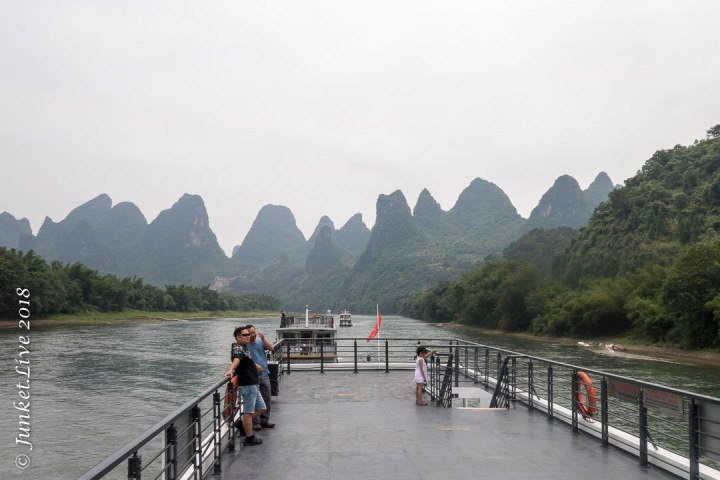
The trip was around 80km and took 4 hours when pushed along by the fast flowing river. We shared the river cruise boat with approximately 50 domestic tourists and 2 professional photographers noisily plying their trade on the sundeck.
Sadly, we didn’t have the picture-perfect blue sky and it was especially cloudy for the early part of the journey. But we did have an excellent view of the karst hills as we cruised between them and it was a pleasant way to spend a morning.
When we arrived in Yangshuo the weather had improved and we went in search of an ice cream and our taxi to take us to our next destination.
Long Tou Shan is one of the hundreds of karst hills in Yanshuo County and it holds a commanding position overlooking the Li River. We stayed right on the very top at the Long Tou Shan Retreat where we were booked for 8 days to study Tai Chi under Master Dahzu.
The location was perfect. We wanted somewhere to get away from it all and enjoy the tranquility of the Chinese countryside and we had found it. Our fellow students were a mix of Europeans and, like us, mostly starting out as beginners here. We studied each day from 8 until 12.30 then had the afternoons to relax, practice, go for walks or head down in to the town of Yangshuo.
Yangshuo itself caters for tourists and West Street is reputed to have the highest population density of Westerners in all of China. This is not necessarily something to recommend it, but we liked the town and its sense of history. West Street has been a market street for over 1000 years and the whole area has a rich past as well as being set in beautiful countryside.
We took the opportunity of a Sunday off classes to explore around Yangshuo by bicycle. These we rented for 30 Yuan and headed out of town. Our route took us along the banks of the Yulong river, a tributary of the Lijiang.
This river is popular for rafting. The rafts are made from eight pieces of Bamboo which are lashed together and two metal chairs strapped on top. These rafts and two paying customers are propelled downstream, and down several weirs, by a gondolier rafter who stands at the back. It all looked like a lot of fun, but we had planned this as an activity for another day so we continued on down the path, heading for the famous Moon Hill.
Moon Hill is a limestone karst hill where the forces of nature have conspired to create a circular hole close to the peak. As always in China there are different ways to enjoy this natural feature. You can stand in a car park over the road and have your photo taken there or you can climb the 800 steps to the top and enjoy some beautiful views. Of course we climbed! It was another humid day in southern China so we sweated our way up the hillside but the breeze and amazing views from the top made the fluid loss worthwhile. After the obligatory photo ops we carefully descended the slippery steps before cycling back to town to enjoy a well-deserved German beer.
Eight days passed quickly in a comfortable routine of morning classes and afternoon activities, or resting, all punctuated with the homemade vegetarian food served at the retreat. We discovered a Chinese doctor in Yanshuo and made use of the acupuncture and massage skill available there. We also enjoyed hanging out; writing blogs, editing photos, looking at the stunning views, practicing Tai Chi or Yoga and indulging in afternoon naps.
After 5 weeks on the road it was a perfect way to ground ourselves again and before we knew it we were packing again for the last time on this six-week epic journey. Going home when you live on an island paradise is never hard but of course you should never finish a trip without having the next one planned. We had also used our time in Yangshuo, and the Air Asia annual sale, to get two more expeditions penciled in the diary. For now we are sitting on an aircraft enroute to Kuala Lumpur, very much looking forward to getting back to Bali.



































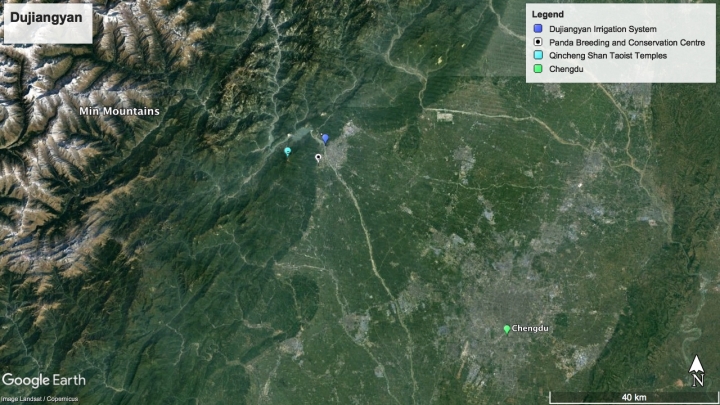



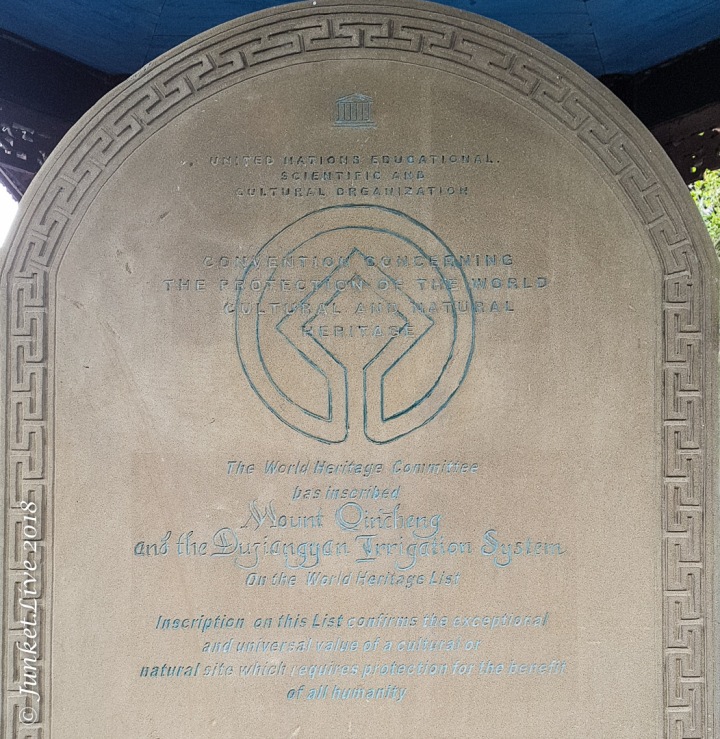
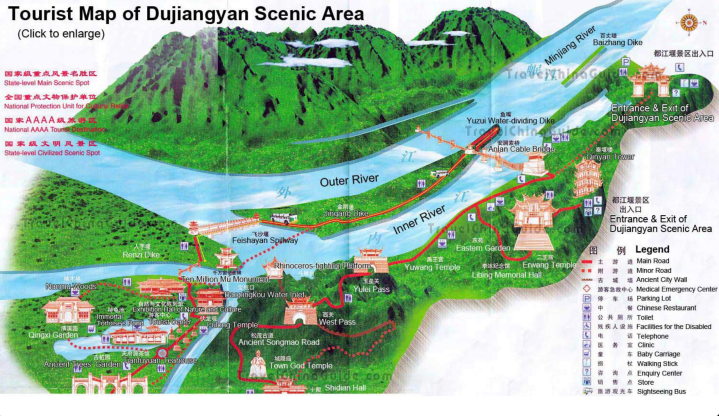 It was a nice walk; unfortunately it was also a Saturday afternoon that meant that there were plenty of domestic visitors. But we went with the flow 🙂 and crossed the Min twice via cable suspension bridges, doing as much people watching as river watching. There were a couple of nice temples and some pretty scenic points but in true Chinese fashion the best spots had been claimed by commercial photography operations, churning out prints of the same shot, 1 every 10 seconds, for the queuing tourists. We elected to pass on the photo and continued on our way, enjoying the scenery, the cool breeze and the fresh country air.
It was a nice walk; unfortunately it was also a Saturday afternoon that meant that there were plenty of domestic visitors. But we went with the flow 🙂 and crossed the Min twice via cable suspension bridges, doing as much people watching as river watching. There were a couple of nice temples and some pretty scenic points but in true Chinese fashion the best spots had been claimed by commercial photography operations, churning out prints of the same shot, 1 every 10 seconds, for the queuing tourists. We elected to pass on the photo and continued on our way, enjoying the scenery, the cool breeze and the fresh country air.










